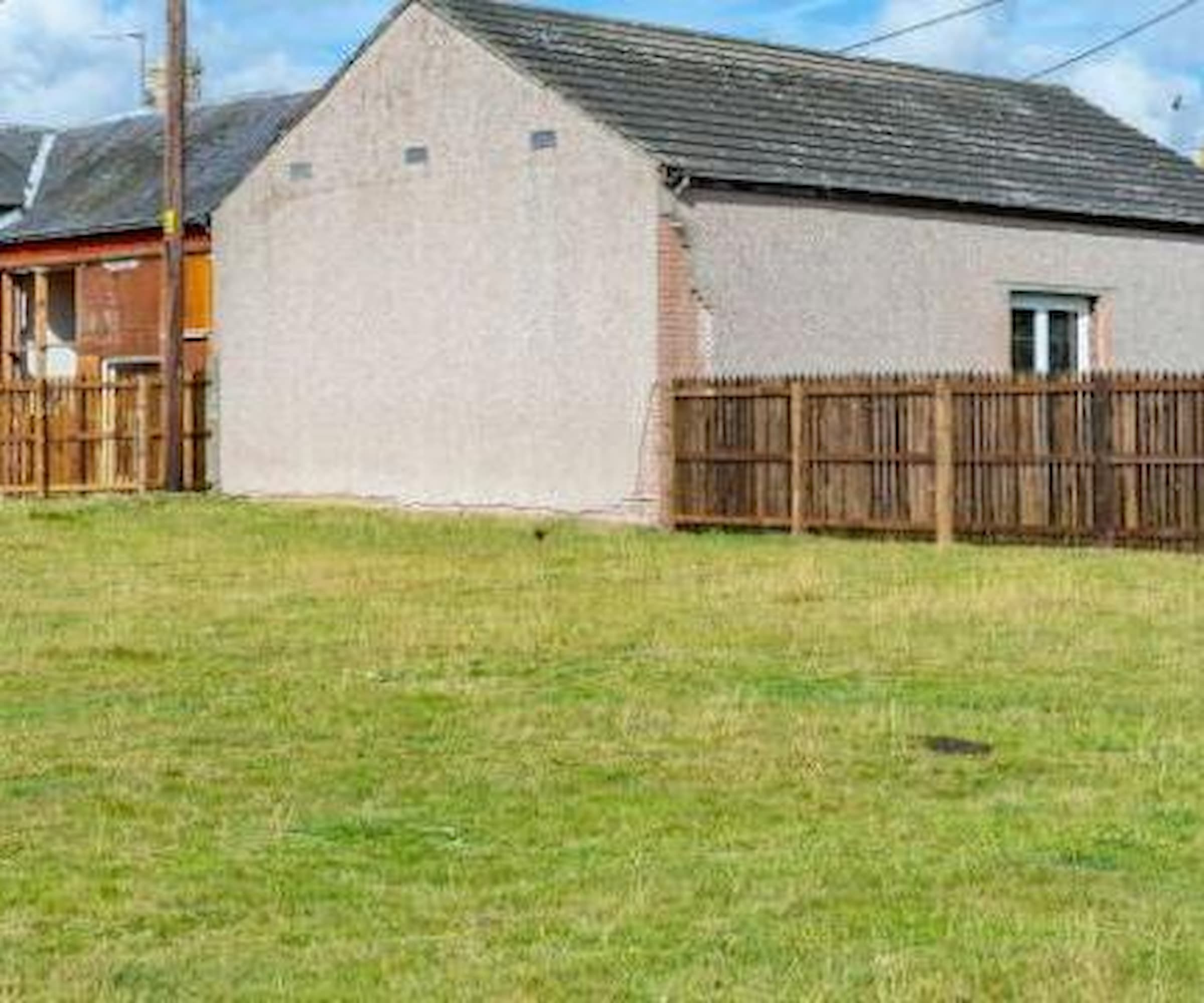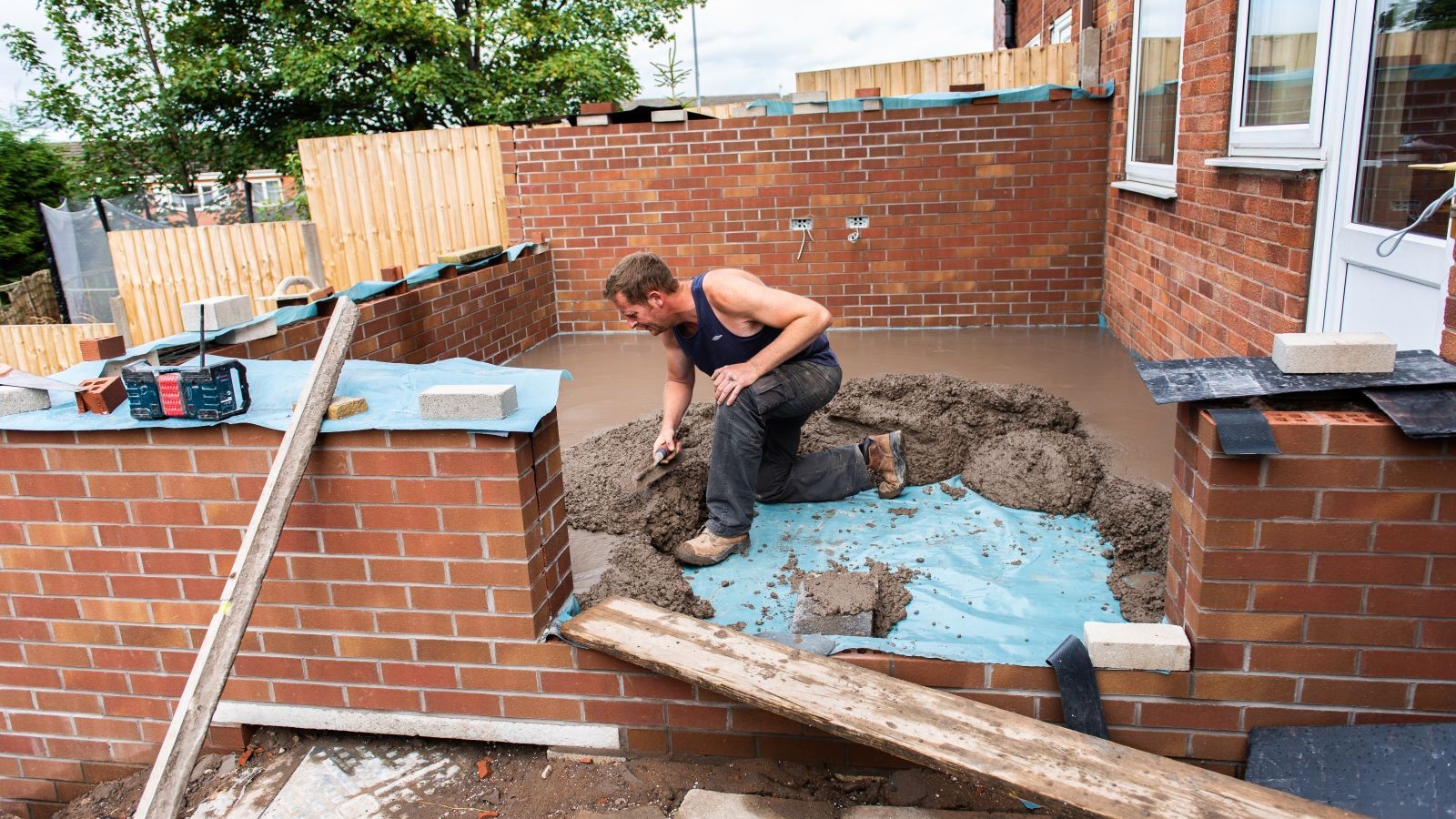Financing a plot — expert advice for the start of a self-build project
Discover the alternatives for funding the purchase of a self-build plot

In order to begin a self-build project, financing a plot on which to construct the home might be the first step. Unless you are able to build in the garden of your existing house or already own some land, buying a plot is where the process of obtaining a new home starts.
Just as when you’re buying a house, if you don’t have cash available for your purchase, it’s advisable to investigate finance before you start looking so you can move quickly – in this case when you find the land you want for your home.
Our expert guide has the details on the options available for financing a plot so you’re ready to go.
Availability of finance for a building plot

Subscribe to Plotfinder.net to access over 15,000 building plots and properties that could become your next project
If you’ve only ever borrowed to buy a house before, you’ll find financing a building plot a little different.
“It is less straightforward to get finance for a building plot than it is to get a mortgage to buy a ready-built house,” explains Cristian Hinzpeter, property finance director at mortgage broker SPF Private Clients.
“A number of specialist lenders offer self-build mortgages, which follow a stage-by-stage approach so essentially, you borrow what you need, as you need it. While the house you’re building might be worth £1 million when it’s finished, it’s not worth that when you start, and when you begin with you might only need to borrow £200,000 to buy the land. Further down the line you’ll need another lump sum to pay the contractors for the next phase, and so on.
“This staged approach to lending means you receive the funds incrementally as your project progresses, and it’s only when the build is complete do you switch your lending to a more traditional mortgage. It’s why self-build mortgages or financing have similarities to a bridging loan,” he adds.

Cristian Hinzpeter is a director at mortgage broker SPF Private Clients. He is an experienced mortgage broker who specialises in arranging self-build mortgages. He has worked for SPF Private Clients since 2011 and is also skilled in portfolio management, business relationship management, commercial mortgages and financial planning.

Factor in planning permission
When you need finance for a plot, whether it has planning permission counts.
“It is possible to obtain a mortgage on land without planning permission but this typically comes with restrictions on the loan-to-value (LTV) ratio and higher interest rates,” says Cristian Hinzpeter.
“Lenders are more cautious when there is no planning permission in place, as the risk is significantly higher,” he continues. “A specialist lender may allow you to purchase the land on the condition that you intend to secure planning permission. Once planning permission is granted, you could then switch to a self-build lender offering better terms and rates.
“In practice, this means you would initially purchase the land with one lender and later refinance with another, potentially incurring two sets of fees for legal work, valuations, and mortgage-related costs,” Cristian adds.
With outline planning permission, the situation is a little different. “If the land has outline planning permission, some self-build lenders may be willing to issue an agreement in principle,” says Cristian. “However, they will usually require full planning permission to be granted before completing the mortgage. Without planning permission, you are generally limited to a maximum LTV of 50 to 60 per cent. Once planning permission is secured, however, some lenders may offer up to 85 per cent LTV, depending on your profile as a borrower.”
Could you opt for a short-term loan to finance a plot?
“A self-build mortgage can be similar to a bridging loan, because you only need the financing for a couple of years while the project is underway, and the funds are released in stages to manage the cashflow of the build,” explains Cristian Hinzpeter. “Once the build is complete, owners switch to a standard mortgage.”
It’s vital to keep in mind what you’ll need for the project over the long term, too. “We always recommend speaking to an expert for a deep understanding of the financial process from the outset,” says Cristian. “It’s not just a case of simply going to a high street bank and asking for the money. There are lots of factors to consider, including how often pay outs can be made for contractors, the insurance policies required to comply with regulations, and any potential impact of being ahead or behind on your build schedule. All these can have a far greater impact than the loan’s interest rate on the overall cost of the finance.”
Using equity in your existing home
An alternative way to finance a plot is with equity in your existing home.
“If you have built up significant equity in your own home it may be possible to release some of it to purchase the plot in the first instance,” says Cristian Hinzpeter. “This would mean either remortgaging the entire loan on your property and adding on the amount borrowed, at a new, usually higher rate, or taking a further advance, which means keeping your existing mortgage on its current rate and adding on another loan at a usually higher rate. It is worth speaking to a whole-of-market mortgage broker to find out whether this is possible and the options available.”
Consider carefully if this would be the best option for financing a plot. “It is worth bearing in mind that as you are borrowing against your own home it does potentially put it at risk should anything go wrong with the self-build project, so it is worth seeking advice and proceeding with caution,” says Cristian.
Look for the right professional when financing a plot. “Working with a mortgage broker who specialises in land and self-build projects is highly recommended,” says Cristian Hinzpeter. “They can guide you to the most suitable lenders and help navigate the process efficiently.”

Get the Homebuilding & Renovating Newsletter
Bring your dream home to life with expert advice, how to guides and design inspiration. Sign up for our newsletter and get two free tickets to a Homebuilding & Renovating Show near you.
Sarah is a freelance journalist and editor writing for websites, national newspapers, and magazines. She’s spent most of her journalistic career specialising in homes.
She loves testing the latest home appliances and products, and investigating the benefits, costs and practicalities of home improvement. She is an experienced renovator and is currently remodelling the ground floor of her new home.
She was Executive Editor of Ideal Home and has worked for Your Home and Homes & Ideas. Her work has published by numerous titles, including The Guardian, channel4.com, Houzz, Grand Designs, Homes & Gardens, House Beautiful, Homes & Antiques, Real Homes, The English Home, Period Living, Beautiful Kitchens, Good Homes and Country Homes & Interiors.
